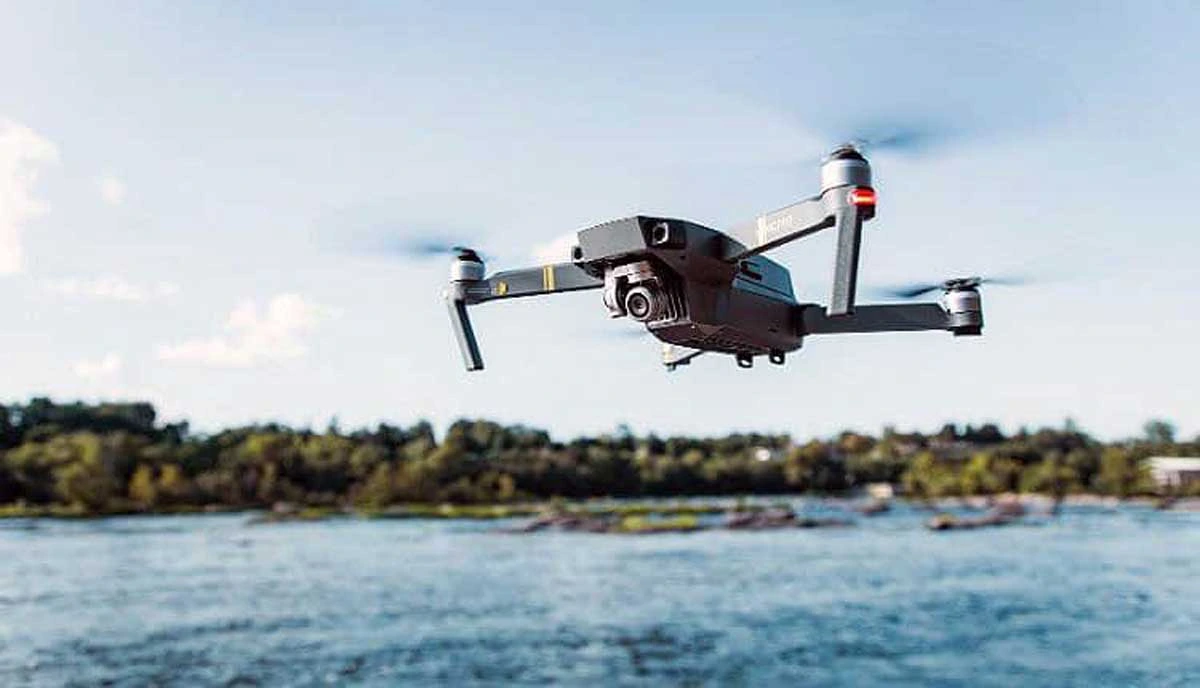
In Karnataka and across India, there has been a notable increase in the number of certified drone pilots, due to the widespread adoption of unmanned aerial technology. As of July 1, 2022, Karnataka had only 13 licensed drone pilots. Within just one year, however, this number saw an exponential increase, with 314 drone pilots successfully achieving their certifications.
Before July 1, 2022, India had a modest number of 346 certified drone pilots. Within the same one-year period, however, the nation witnessed a massive surge, with the total number of certified drone pilots skyrocketing to 5,072 by July 1, 2023. This astonishing percentage increase of approximately 1,364.74% underscores the nationwide recognition of the immense potential of drone technology and its diverse applications.
An official commented: "The increase in certified drone pilots in both Karnataka and India is indicative of the growing importance of the technology and its impact in various domains. From advances in agriculture to infrastructure inspections, emergency response, environmental monitoring and more, drones have become indispensable tools in modern operations."
Meanwhile, Karnataka ranks third in terms of the number of registered drones in the country. According to the latest statistics, of the 5,335 drones with unique identification numbers (UIN) across India, Delhi has the highest with 1,263, followed by Haryana with 842 and Karnataka with 670. In Karnataka state, of the 670 drones, only 34 were registered in 2021, while the number rose to 636 in 2022 alone. A UIN is issued for registering unmanned aircraft systems in India.
The Secretary of State for Civil Aviation, General VK Singh, stated: "On 14 December 2022, the number of drones with unique identification numbers (UIN) was 5,335."
The Ministry of Civil Aviation introduced the National Unmanned Aircraft System Traffic Management (UTM) policy on October 24, 2021 to facilitate the safe and seamless transportation of goods through unmanned aircraft systems within and between zones. A drone airspace map of the entire country has also been published on the digital air platform. This map categorizes India's airspace into red, yellow and green zones.
The operation of drones in red and yellow zones requires permission from the central government and the respective air traffic control authorities. No approval is required for the operation of drones in green zones, which cover the airspace up to a vertical distance of 400 feet. The UTM Policy Framework is a dynamic document subject to change based on technological progress, actual experience and other developments in airspace management systems, as mentioned by General VK Singh.
In a recent reply from Lok Sabha, the Union Minister of State in Civil Aviation, General VK Singh stated: "According to industry estimates, the drone industry is expected to generate direct and indirect revenues of Rs 300 billion over the next three years. These revenues include revenues from manufacturing, services, training, data processing, and other related goods and services." So far, 48 drone training schools have been approved by DGCA, with others in the pipeline to ensure adequate skills infrastructure.
Automotive Body Coach Building
Hydraulic & Pneumatic Equipment
Industrial & Shipping Containers, Barrels And Drums
Insulators, Insulation Material & Accessories
Mechanical Power Transmission Tools And Accessories
Miscellaneous Automobile Parts, Components & Equipment
Miscellaneous Electrical & Electronic Items
Ship & Marine Tools, Equipment & Accessories